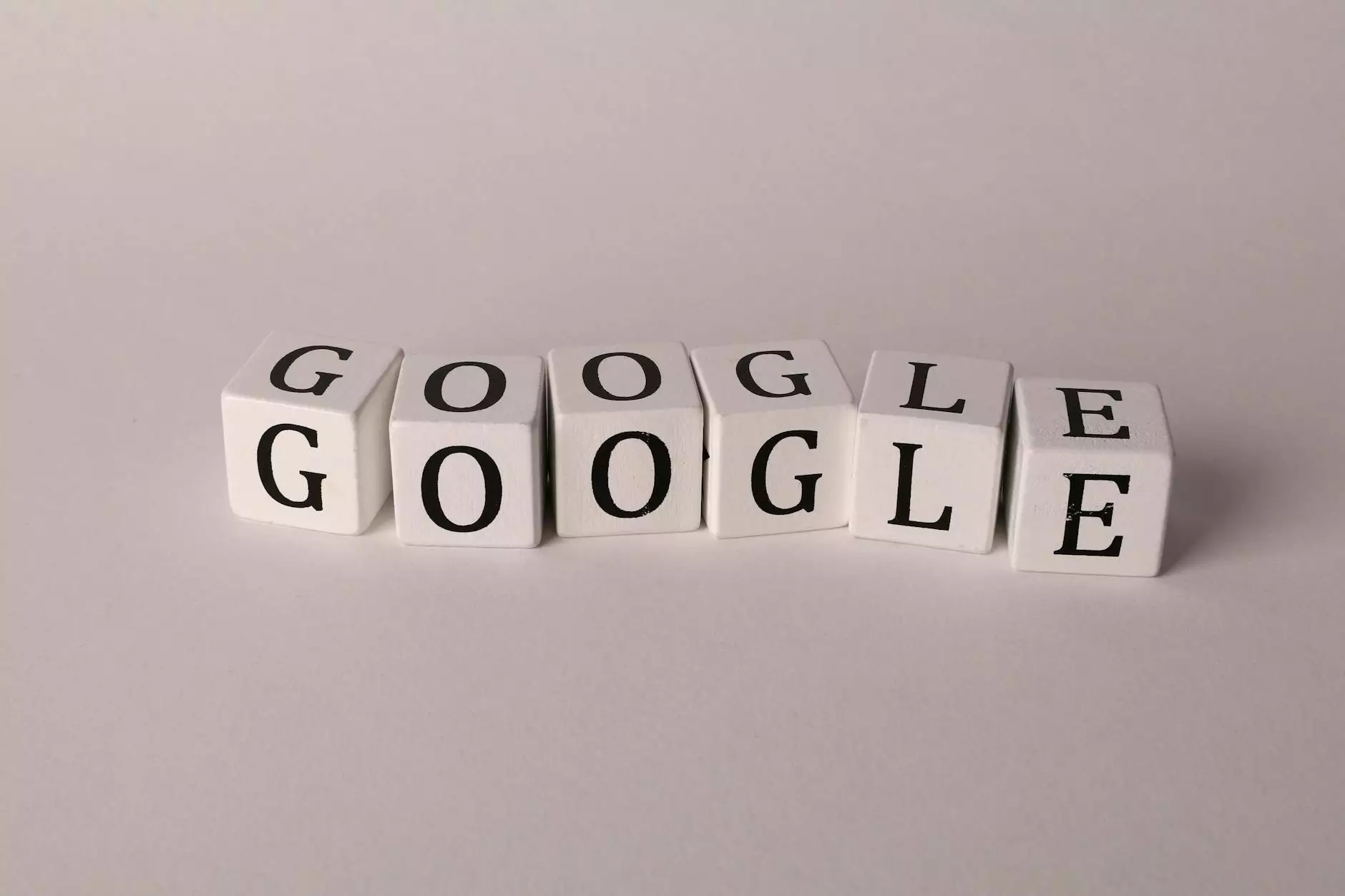What is Conversion Cost Formula
SEO
Welcome to the page dedicated to exploring the concept of conversion cost formula! Innovative Consulting and Design is here to provide you with insightful information on this crucial topic in the field of business and consumer services. We aim to help you understand the conversion cost formula and its impact on your business strategies.
Understanding Conversion Cost Formula
In simple terms, the conversion cost formula refers to the total costs incurred by a business to convert raw materials into finished products. It includes both direct and indirect costs associated with the production process. By calculating and analyzing these costs, businesses can gain valuable insights into their operational efficiency and make informed decisions to optimize their processes.
Calculating Conversion Cost Formula
The conversion cost formula consists of two main components: direct labor cost and factory overhead cost. Let's dive deeper into each of these:
1. Direct Labor Cost
Direct labor cost refers to the wages and benefits paid to employees who directly contribute to the production process. These employees are typically involved in tasks such as assembly, manufacturing, and quality control. Calculating direct labor cost involves determining the hours worked by each employee and multiplying it by their respective wage rates.
2. Factory Overhead Cost
Factory overhead cost, also known as indirect manufacturing cost, includes all other expenses incurred during the production process that cannot be directly attributed to a specific product or employee. These expenses encompass various items such as utilities, rent, depreciation of machinery, and maintenance costs. Calculating factory overhead cost requires meticulous tracking and allocation of expenses to ensure accurate measurement.
The Importance of Conversion Cost Formula
Understanding and effectively utilizing the conversion cost formula can benefit your business in several ways:
1. Cost Analysis and Reduction
By calculating conversion costs, businesses can identify areas of inefficiency in their production processes and take necessary measures to reduce costs. This analysis helps in optimizing resource allocation, streamlining operations, and identifying cost-saving opportunities.
2. Pricing Strategies
The conversion cost formula helps businesses determine the appropriate pricing strategies for their products. By accurately calculating production costs, companies can set prices that not only cover their expenses but also generate reasonable profit margins. It enables businesses to stay competitive in the market while ensuring profitability.
3. Performance Evaluation
Conversion cost analysis provides a framework for evaluating the performance of different departments or production lines within a business. By comparing conversion costs across various units, companies can identify top performers and areas that require improvement. This evaluation helps in enhancing productivity and driving overall business growth.
Conclusion
The conversion cost formula is a valuable tool for businesses operating in the realm of business and consumer services. By understanding how conversion costs influence their operations, companies can make data-driven decisions, enhance efficiency, and boost their competitive advantage. At Innovative Consulting and Design, we specialize in providing expert consulting and analytical services that enable businesses to harness the power of the conversion cost formula. Contact us today to discover how we can help your business thrive!



